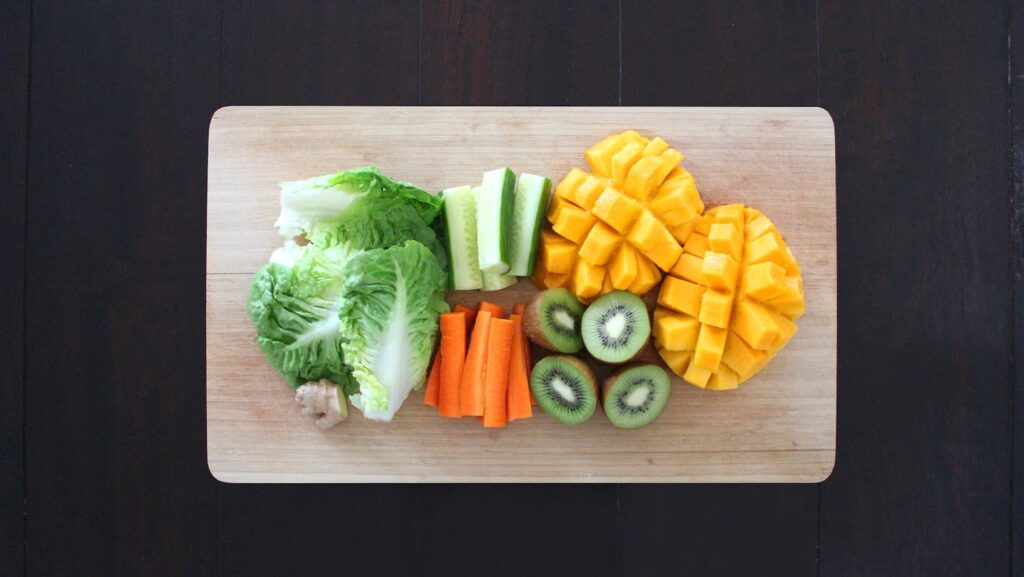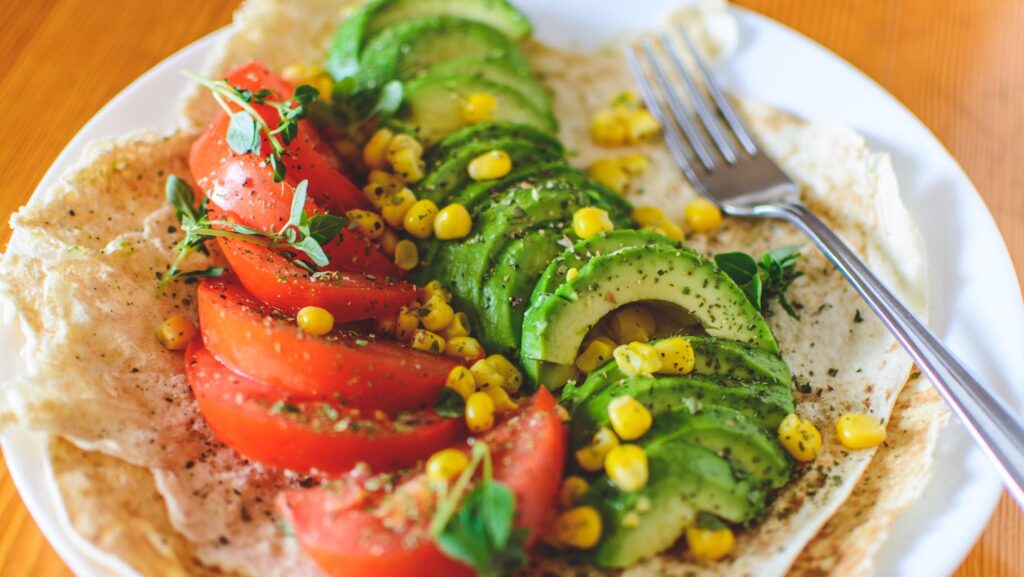Food trends, they’re a bit like fashion – constantly changing, always exciting, and sometimes, a little bit bizarre. In the fast-paced culinary world, what’s hot one minute can be passé the next. But what are the food trends that are currently taking the world by storm?
From veganism to gluten-free diets, from locally sourced produce to comfort food revivals, the food scene is more dynamic and diverse than ever. Whether you’re a foodie always on the hunt for the next big thing, or simply curious about what’s on the culinary horizon, this article will take you on a gastronomic journey through the most popular food trends of today. So, let’s dig in and explore these tantalizing trends together.

Popular Food Trends
Aligning with the dynamism of the food industry, certain trends stand out in 2023. Among these are the rise of plant-based alternatives and the push towards zero-waste cooking practices.
Plant-Based Alternatives
Plant-based alternatives carve a dominant space in food preferences by 2023. It’s not merely about appetite for typically vegan or vegetarian specialties anymore. A decisive shift can be seen towards plant-based meat, dairy, and fish substitutes, showing a steep market growth rate. According to Grand View Research, the global plant-based food market size is expected to reach $74.2 billion by 2027, reinforcing the diet change impressively. Examples of plant-based alternatives include tempeh (used as a meat substitute), almond milk (a non-dairy alternative), and banana blossom (mimics the texture of fish when cooked).
Zero-Waste Cooking
Similarly significant is the trend towards zero-waste cooking that gains momentum in 2023. The “nose to tail” and “root to shoot” movements epitomize this trend, advocating for the utilization of all parts of an ingredient to cut food wastage. The United Nations Environment Programme (UNEP) reported that each year, around 1.3 billion tons of food gets wasted. Reflecting a response to this data, chefs and home cooks alike find innovative ways to use often-discarded food parts. Examples of zero-waste cooking include using vegetable peelings for stock, stale bread for breadcrumbs, and leftover herbs for infused oils.

The Impact of Social Media on Food Trends
Social media’s impact on food trends isn’t arguable; it’s apparent in both everyday life and industry statistics. It plays a vital role in popularizing new food movements, facilitating global exposure, and reaching vast audiences instantly.
TikTok and Instagram’s Role
TikTok and Instagram have greatly influenced what and how people eat. Viral food hashtags and challenges on TikTok, such as #FoodTrend or #Veganuary, play a part in driving dietary choices, – think whipped coffee or feta pasta. On the other hand, Instagram’s visually focused platform makes it a hotspot for showcasing aesthetically pleasing and unique food creations. Example is the popularity of artisanal toast or rainbow bagels can be traced back to the trend of “foodstagramming”.
While influencers and chefs use TikTok to share short cooking tutorials or quick recipes, Instagram presents a platform for content showcasing dishes and food products as lifestyle choices. Both platforms, in their unique ways, drive food choices and help shape global food trends.
How Chefs and Influencers Shape Trends
Chefs and influencers hold significant power in shaping food trends. With the ability to gain millions of followers on platforms like Instagram and TikTok, these tastemakers can sway the public’s taste and preference for certain foods.
By posting creative and enticing recipes, influencers can popularize even the mightiest of culinary feats, such as sourdough bread making. Chefs, on the other hand, use these platforms to showcase their skill and artistry, promoting unknown dishes or unique takes on classics—the rise of infused waters and charcuterie boards being just two examples.
Thus, the interplay between social media platforms, chefs, and influencers has become one of the main factors influencing and shaping global food trends.
These trends not only satiate our palates but also offer a window into diverse cultures, highlighting the interconnectedness of our global food scene. As we move forward, it’ll be exciting to see how these trends evolve, further transforming our culinary experiences.
